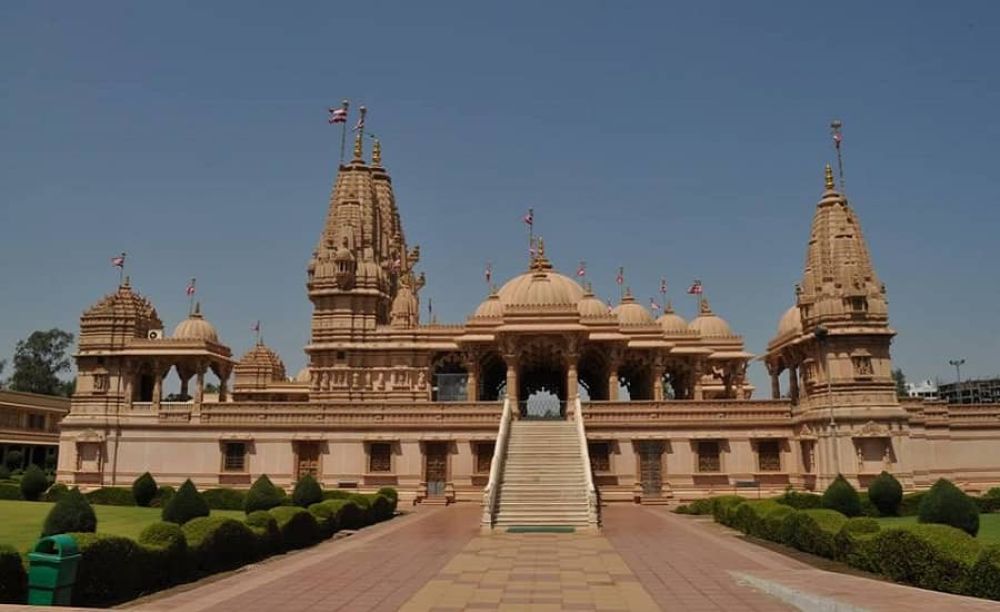

The Chintamani Jain Temple is a renowned historical and religious site in Surat, located in the state of Gujarat, India. This temple has long been a focal point for the Jain community and has played an important role in the development of Surat's cultural and spiritual landscape. The temple is dedicated to Lord Shantinath, the 16th Tirthankar in Jainism.
The Chintamani Jain Temple dates back to the 17th century and showcases the rich architectural design of that era. It was built during the reign of the Mughal emperor Aurangzeb. The temple's structure and intricate designs embody the craftsmanship of the artisans of ancient India. Over the years, the temple not only attracted devotees but also caught the attention of history enthusiasts and art lovers due to its exceptional wooden carvings and paintings done in vegetable colors, which illustrate scenes from the Jain scriptures.
Tourism at the Chintamani Jain Temple has evolved over the years. Initially visited mostly by followers of the Jain religion, the temple steadily began to draw visitors from across India and the globe due to its historical importance and architectural beauty. The Government of Gujarat recognized the potential of the temple as a tourist attraction and took steps to preserve its heritage and promote its significance.
In contemporary times, the Chintamani Jain Temple stands not just as a place of worship, but also as a testament to the rich past of Surat. The latest tourism trends in Surat now include guided heritage walks which often feature the Chintamani Jain Temple on their itinerary. These walks allow tourists to immerse themselves in the history of the temple while appreciating its preserved beauty.
To maintain the temple's historical integrity, ongoing preservation efforts have been undertaken by the local authorities and the Jain community. These efforts ensure that the ornate wood carvings, paintings, and structural integrity of the temple are kept intact. Such initiatives have bolstered the temple's status as a protected monument under the Archaeological Survey of India (ASI).
The temple is easily accessible to visitors throughout the year. While there are no admission charges, visitors are expected to follow the rules and customs of the temple out of respect for its religious significance. Photography may be restricted within the temple premises, so visitors should check the latest guidelines before planning their visit.
The Chintamani Jain Temple continues to be a cornerstone of Surat's history and a vibrant part of its cultural landscape. Whether for religious pilgrimage, historical exploration, or architectural admiration, the temple offers a unique insight into the Jain heritage and the region's past, making it a must-visit destination for anyone traveling to Gujarat.